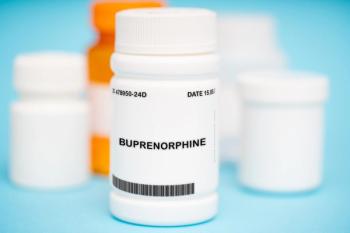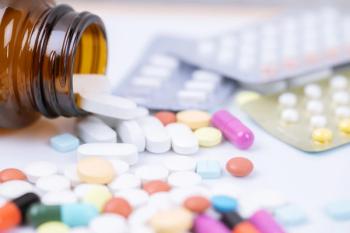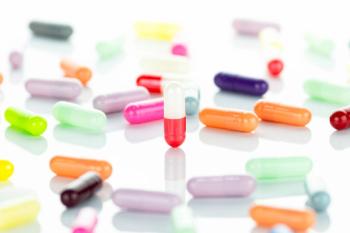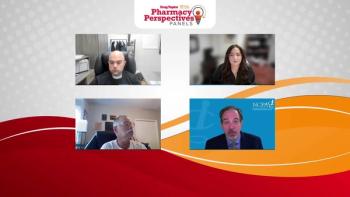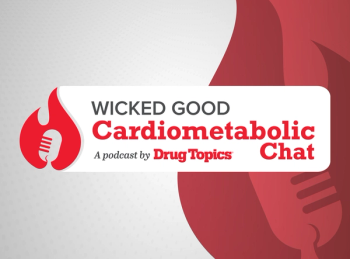
Orforglipron Demonstrates Superior Glycemic Control for Type 2 Diabetes
Key Takeaways
- Orforglipron showed superior efficacy over dapagliflozin and oral semaglutide in phase 3 trials for type 2 diabetes.
- Both ACHIEVE-2 and ACHIEVE-5 trials met primary and secondary endpoints, demonstrating significant HbA1c reduction and weight loss.
Orforglipron demonstrates superior glycemic control in phase 3 trials, showing promise as a new treatment for type 2 diabetes.
Orforglipron showed superior glycemic control in two phase 3 trials, further enforcing the drug’s potential as a treatment for type 2 diabetes (T2D). In both trials, the drug met all primary and secondary end points at 40 weeks, which included efficacy and treatment-regimen estimands.1
"Orforglipron has now demonstrated superiority over 2 active comparators in clinical trials for type 2 diabetes," Jeff Emmick, MD, PhD, senior vice president of product development at Lilly Cardiometabolic Health, said in a news release.1 "In ACHIEVE-2, orforglipron outperformed dapagliflozin, a commonly used SGLT-2 therapy, and in ACHIEVE-3, showed greater efficacy than oral semaglutide. The findings from ACHIEVE-5 add to this momentum, showing significant [Hb]A1c reduction and weight loss when used in combination with titrated basal insulin. Together, these results reinforce orforglipron's potential to become a new standard of care for people living with type 2 diabetes."
The 2 studies included the ACHIEVE-2 (
In ACHIEVE-5, investigators aimed to determine the safety of orforglipron for patients with T2D who have inadequate HbA1c control with insulin glargine with or without metformin and/or sodium-glucose cotransporter-2 inhibitor. The primary outcome included change from baseline HbA1c at week 40. Secondary outcomes included percentage of patients with an HbA1c level less than 7%, percentage of patients who achieved an HbA1c level of 6.5% or less, and change in fasting serum glucose level, body weight, non–HDL-C level, triglycerides, systolic blood pressure, and daily insulin glargine.3
The new data show that both trials met the primary end points for the 3 doses––3 mg, 12 mg, and 36 mg––and demonstrated weight loss and improvements in cardiovascular risk factors. In ACHIEVE-2, the treatment-regimen estimand in change in HbA1c level from the baseline of 8.1% decreased by 1.2%, 1.5%, and 1.6%, respectively, compared with 0.8% for dapagliflozin. In ACHIEVE-5, the treatment-regimen estimand in change in HbA1c from the baseline of 8.5% decreased by 1.6%, 1.9%, and 1.8%, respectively, compared with 0.8% for placebo.1
For both trials, the overall safety and tolerability were consistent with those of previous studies, with the most common adverse events being gastrointestinal in nature. Detailed results will be presented at a future medical meeting and published in a peer-reviewed journal.1
READ MORE:
Are you ready to elevate your pharmacy practice? Sign up today for our
REFERENCES
1. Lilly’s oral GLP-1, orforglipron, demonstrated superior glycemic control in two successful phase 3 trials, reconfirming its potential as a foundational treatment in type 2 diabetes. News release. Eli Lilly and Company. October 15, 2025. Accessed October 16, 2025. https://www.prnewswire.com/news-releases/lillys-oral-glp-1-orforglipron-demonstrated-superior-glycemic-control-in-two-successful-phase-3-trials-reconfirming-its-potential-as-a-foundational-treatment-in-type-2-diabetes-302584124.html
2. A study of orforglipron (LY3502970) compared with dapagliflozin in adult participants with type 2 diabetes and inadequate glycemic control with metformin (ACHIEVE-2). ClinicalTrials.gov. Updated July 2, 2025. Accessed October 16, 2025. https://clinicaltrials.gov/study/NCT06192108
3. A study of orforglipron (LY3502970) in participants with type 2 diabetes and inadequate glycemic control with insulin glargine, with or without metformin and/or SGLT-2 inhibitor (ACHIEVE-5). ClinicalTrials.gov. Updated April 17, 2025. Accessed October 16, 2025. https://clinicaltrials.gov/study/NCT06109311?term=NCT06109311&rank=1
Newsletter
Pharmacy practice is always changing. Stay ahead of the curve with the Drug Topics newsletter and get the latest drug information, industry trends, and patient care tips.

